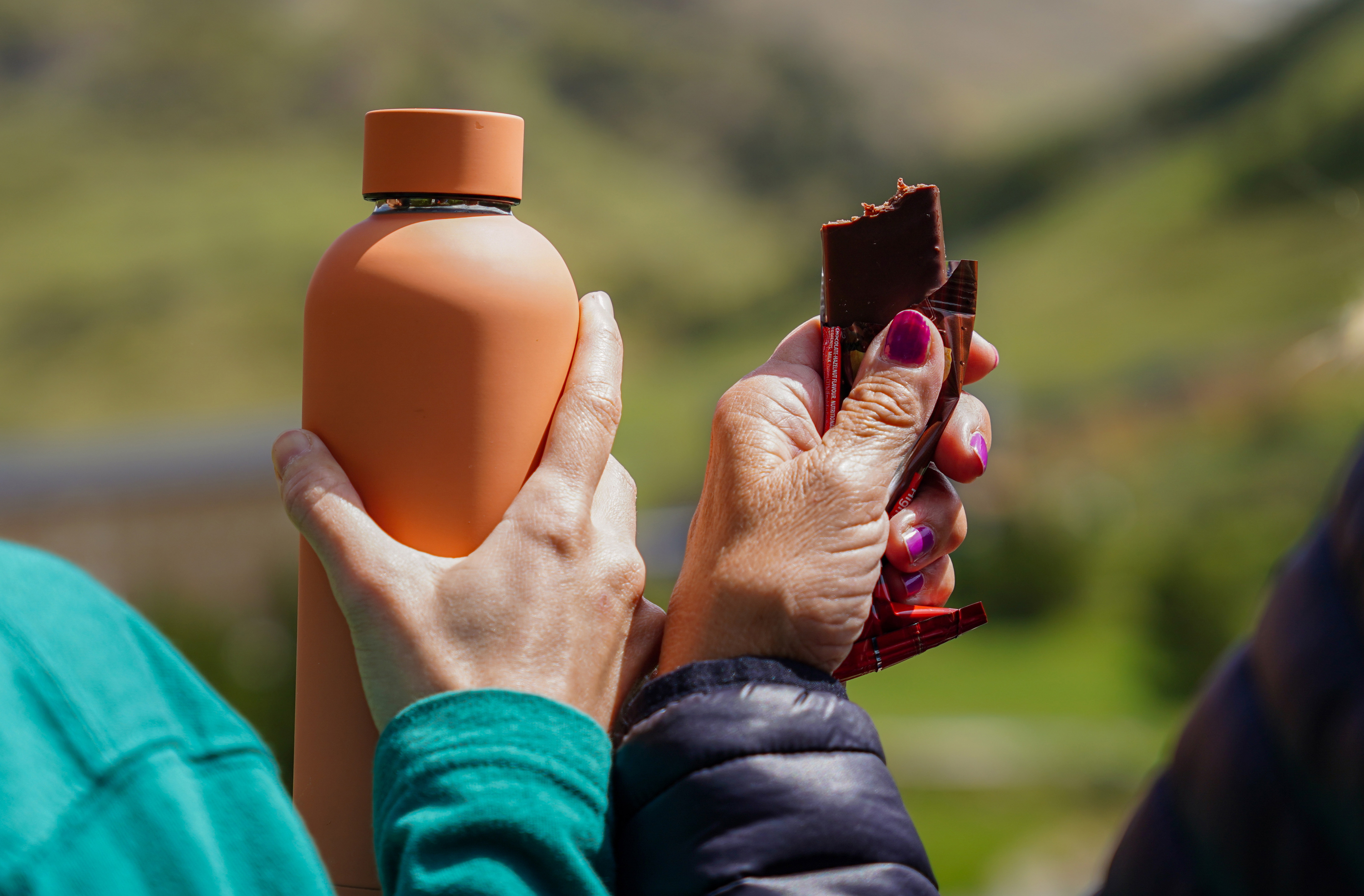
Health and Safety in the Garden
May 7, 2025 - Questions about this information? Contact us.
Safety Tips for Gardeners
- Dress for success
- Protective clothing such as long sleeves, long pants, gloves, hats, and closed-toe shoes can help prevent sun, insect and chemical exposure.
- Insect repellant and sunscreen add an additional level of protection.
- Assess tick risk when working near forested areas.
- Check the weather
- Be aware of the predicted weather to make good clothing choices
- Follow severe weather protocols
- Stretch and follow proper lifting procedures
- Warming up before exercise can prevent injuries
- Kneel instead of bending; use kneepads to make kneeling more comfortable
- When lifting heavy objects, lift with your legs and keep the object close to your body or buddy up and ask for help!
- Stay hydrated and take frequent breaks

Photo by iStock.com
- Pack a water bottle and a healthy snack
- Follow chemical safety guidelines
- Read the label
- Minimize exposures
- Store chemicals properly
- Make food safety a priority
- Wash hands, surfaces and storage containers when harvesting
- Exclude animals from the garden
- Use fully composted manure
- Questions? Call the Food Safety Hotline at 1-877-643-9882, or visit MSU Extension Safe Food and Water
- Other things to consider
- Minimize mosquitoes by removing items that collect standing water to discourage breeding
- Be aware that some gardens may not be suitable for those with allergies
- Avoid attracting varmints with trash and improper composting practices
- Resources for accessibility in the garden



 Print
Print Email
Email




